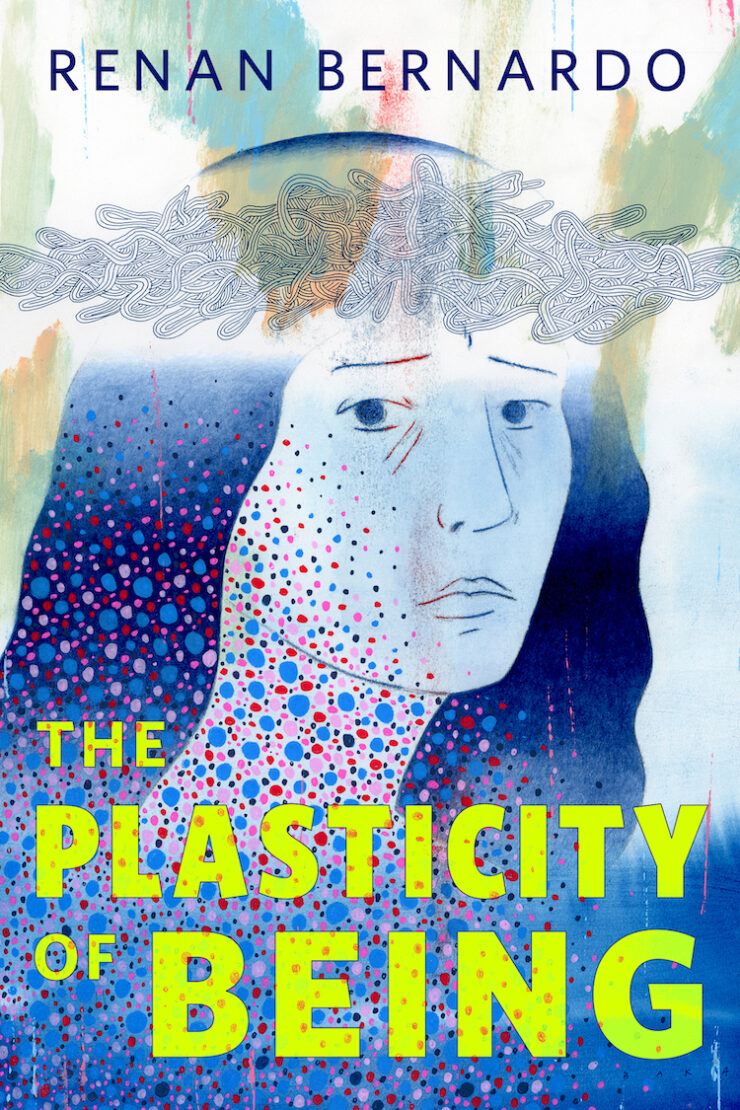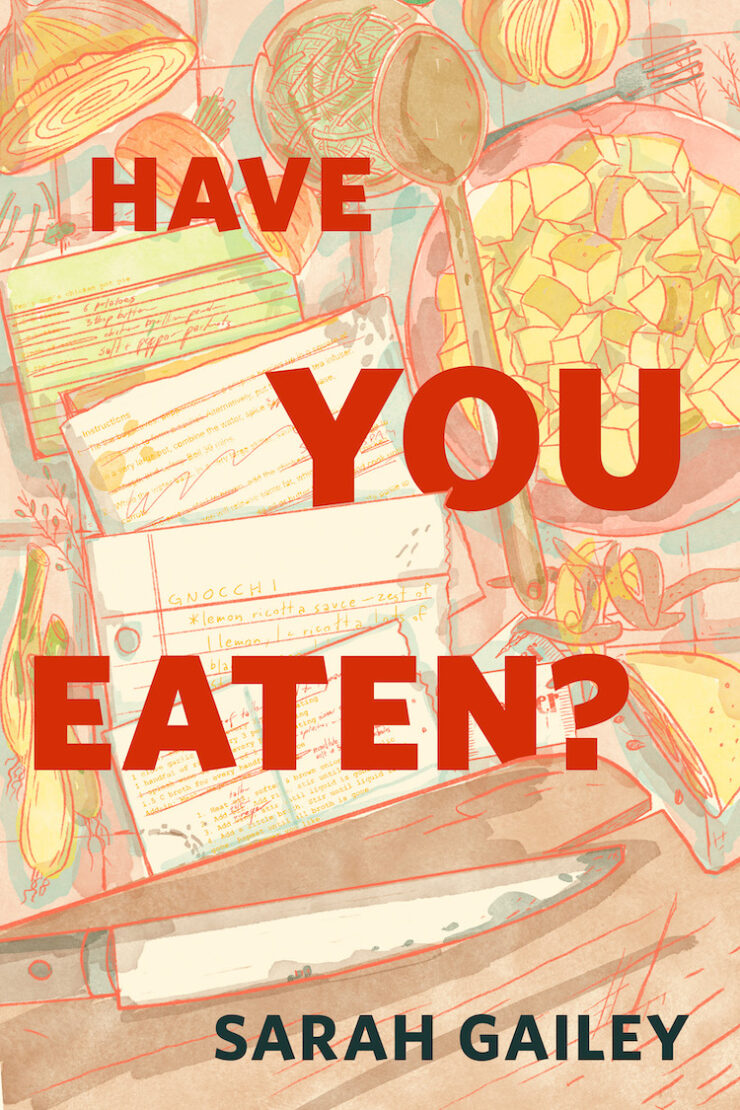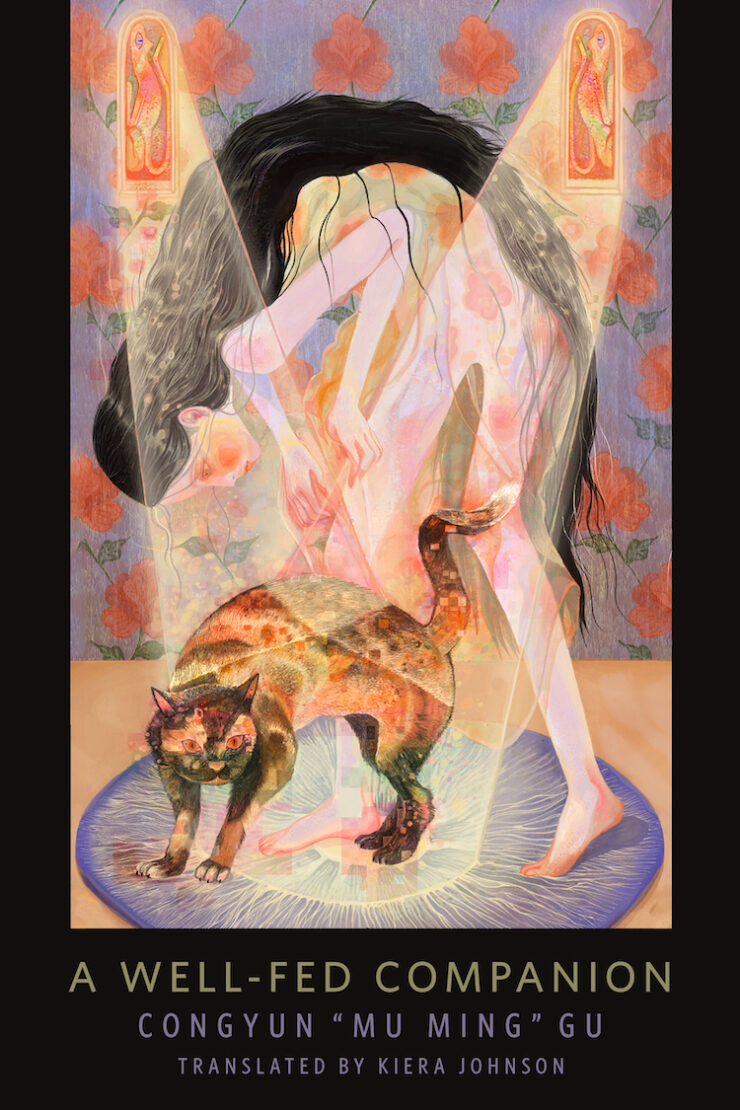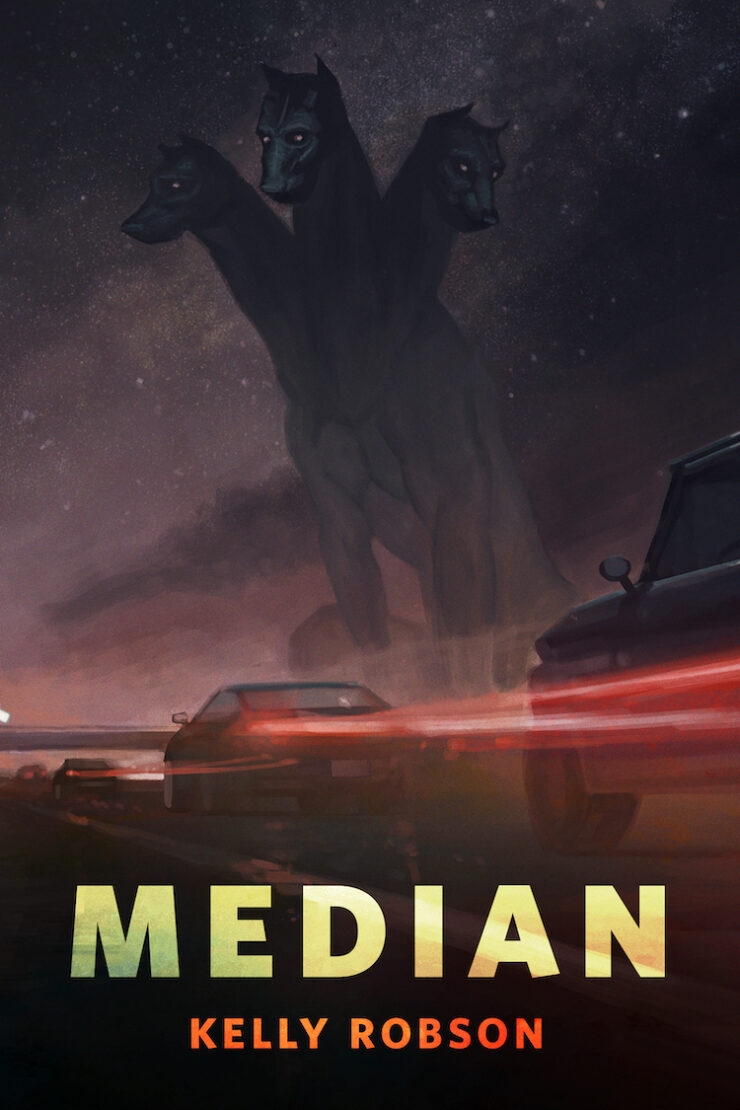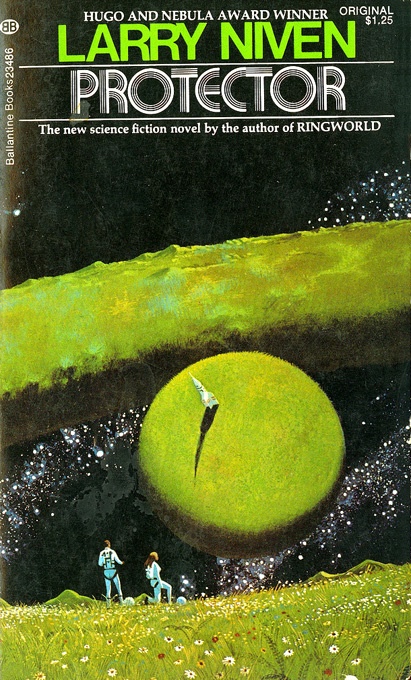Protector (1973) is like a type example of the benefits of writing a future history. It’s set in Niven’s Known Space universe, early in it, before humanity has FTL travel or contact with aliens. It begins with the point of view of a seeming alien, a Pak Protector in a spaceship headed for Earth and a first contact. We learn all about what it meaks to be a Pak and a Protector, and they really are a fascinating invention. Then the Pak get to the solar system, and it’s a fully developed and complex solar system, full of complex details that Niven thought up for other stories and can therefore just throw in here to provide texture—Belters, organ-legging and so on. Niven later wrote about the disadvantages of having a future history when it comes to painting yourself into corners because you have too much stuff, but he wasn’t at that point with Protector. Here it has everything going for it, he can take his new nifty science fictional idea, the Pak, and bring them to a future solar system that has enough worked out complexity to be interesting. This has always been one of my favourite early Niven’s, and I enjoyed rereading it now almost as much as I did when I was twelve.
Is it just me, or are Niven’s best characters always aliens? When I think about his characters it’s Speaker-to-Animals and Nessus I like from Ringworld and it’s Phssthpok I like here. All his human characters blur together—they’re all competent men or perky girls, but his aliens really stand out. Maybe it’s because he has to make an effort to get into their mindset?
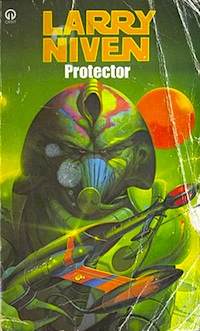
But the Pak aren’t sentient before they become Protectors, and humans of course are, and so the other terrific character is the Brennan monster—a human transformed into a Protector, who gets the enhanced strength and intelligence and the drive to protect. In his case what he wants to protect is humanity from the Pak, who he is sure are coming.
Of course, the biology is a little old fashioned. In 1973 it was more reasonable to suggest that homo habilis might have come from another planet. Niven first played with the idea of the Pak in a short work called “The Adults” in 1967. Since then we have learned a lot more about how much genetic code we share with the rest of this planet, but he can’t be blamed for not predicting that. Also, clearly on the Pak homeland this is a change that happens to everyone, but absolutely all the Protectors we see are male, to the point that I hadn’t considered the possibility of a female Protector until I read Ringworld Engineers, even though the transformation really is more analogous to menopause than anything else. Women in this book are just sexy scenery, but they are very ignorable. And Niven pays lip service at least to the idea of gender equality in the Belt, and it was 1973 just at the beginning of second wave feminism, so I’m giving him points for trying.
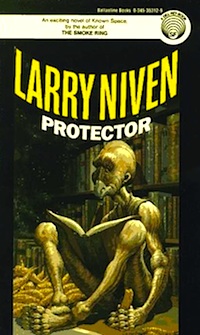
Jo Walton is a science fiction and fantasy writer. She’s published two poetry collections and nine novels, most recently the Nebula winning and Hugo nominated Among Others. She reads a lot, and blogs about it here regularly. She comes from Wales but lives in Montreal where the food and books are more varied.


